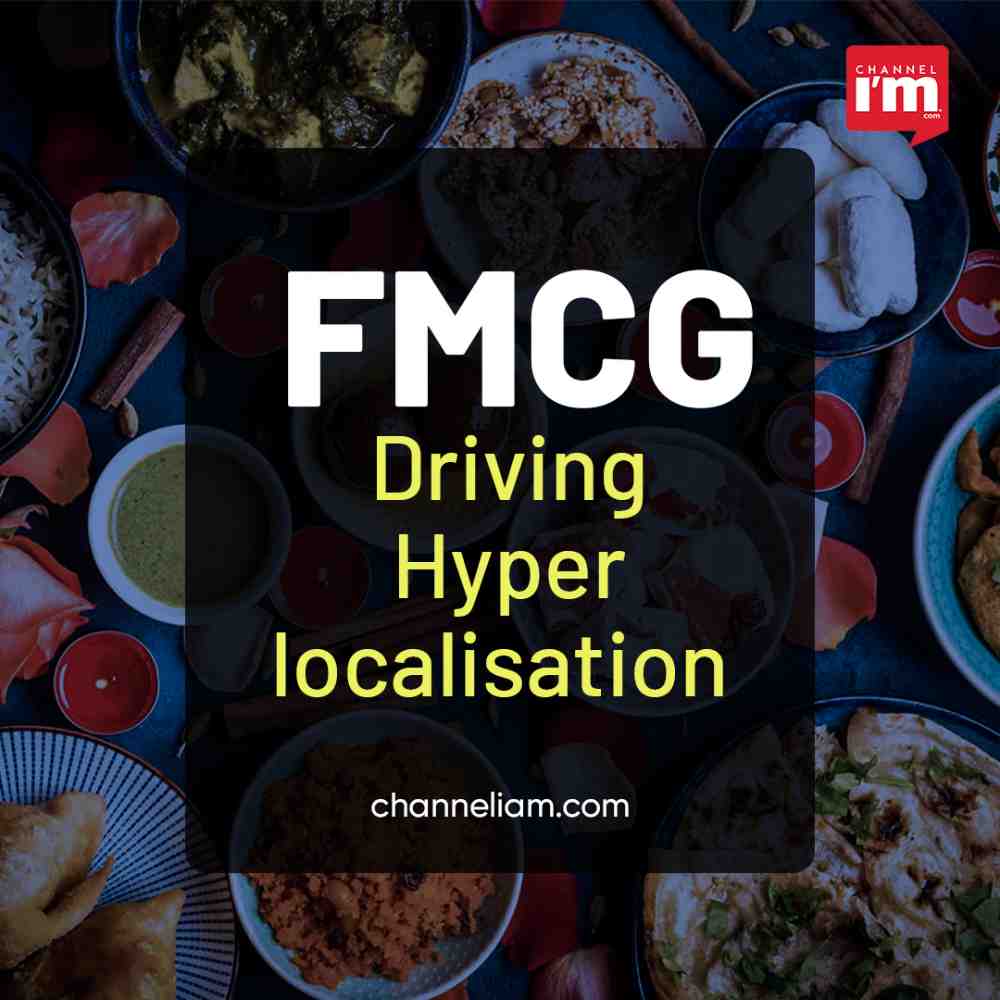Leading FMCG companies in India are experimenting with a variety of regional cuisines in an effort to capitalise on the potential of localised food item preferences, generating hyper-localization and sparking a frenzy of product innovation.

For instance, what is referred to as a poorie in Delhi is known as luchi in Kolkata, and what is referred to as pani puri in Bombay is called as golgappe elsewhere.
Four local tea varieties from Kolkata, Mumbai, Delhi, and Hyderabad have just been added to store shelves by Tata Consumer Products (TCPL), which recently revealed its line of premium street “chai.”
ITC has further tailored its food selection to take into account regional tastes. ITC just introduced Aashirvaad’s Meri Chakki in Delhi, giving customers the chance to customise their atta.
Although their Ramzani bread selection serves Uttar Pradesh during Ramzan, Britannia has also created a Missi bread line for the Punjab and Delhi-NCR area. Marico used the tactic with Saffola Oats.
“A corporation must have products that are tailored to individual consumers’ preferences if it wants to compete on a large scale in India. Therefore, eventually, one does become a hyperlocal player, “According to TCPL’s packaged drinks President, Puneet Das.
The company wants to target the projected 30 million homes and Rs 22,000 crore Branded Tea Industry.
The term “localization,” according to Sunay Bhasin, Chief Commercial Officer of MTR Foods, has changed and is no longer exclusively restricted to a single area.
